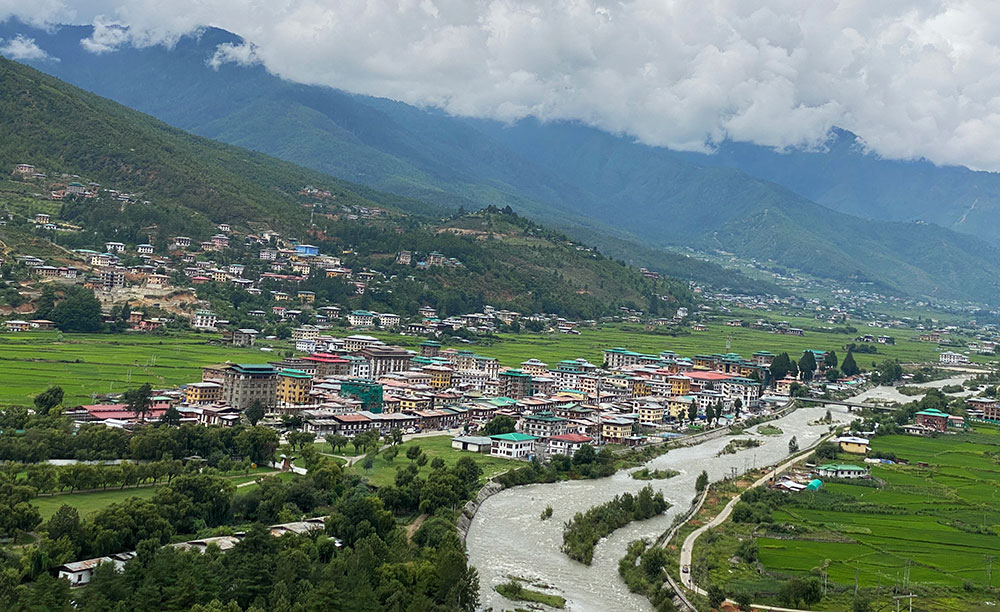Lhakpa Quendren
The well-being and healthcare requirements of elderly people aged 60 to 79 years are lacking in Paro despite the changes in health policy and planning.
According to a recent study by a group of doctors and a nursing lecturer, the overall quality of life for the elderly in Paro is below the average, with their physical health being comparatively lower.
The study on the ‘quality of life and health needs among the aged 60-79 years in Paro’ covers 403 elderly participants, including 233 females, in Naja, Dogar, Shaba, and Lyungni gewogs.
The study revealed that the elderly were protected by the traditional values of extended families and community unity until recently. “However, rapid change in demographic patterns is affecting the informal care and support provided to elderly family members.”
In the past, elderly people were regarded as productive members of the community because they would engage in regular work such as working in the fields, looking after grandchildren, and herding cattle, among others.
As the economic landscape evolves, young people are moving from rural to urban areas in search of better opportunities, leaving their elderly parents behind in rural communities.
This situation, according to the study, could lead to social isolation and poor health conditions for the elderly because many of them depend on financial support from their children.
“As people age, their health and quality of life become increasingly important considerations. The elderly population has unique health needs that must be addressed to ensure their well-being and maximize their quality of life,” said the authors.
Bhutan, like many developing nations, is witnessing a growing number of elderly populations due to better health, longer life expectancy, and a decline in the fertility rate. The life expectancy at birth was 66 years in 2005 and increased to 70.20 years in 2022.
According to the National Statistics Bureau (NSB), about 44,319 of the total population were aged above 60 years in 2005. This number increased to 58,804 by 2017, constituting 7.54 percent of the population.
Every Asian country has experienced the highest increase in its elderly population, with more than 50 percent of the world’s elderly people living in Asia.
The World Health Organization (WHO) reported that about three to 19 percent of the global population consisted of people aged 60 and above. The rising life expectancy contributes to the prevalence of chronic diseases, including mental health illnesses.
What can be done?
The study reveals that the ongoing socio-economic changes could gradually set a boundary to the traditional family care system, and this may have long-term implications.
The quality of life among elderly women was found lower compared to their male counterparts. Some major factors contributing to this difference included a higher incidence of symptoms associated with anxiety and depression among elderly women.
Elderly women experience a higher rate of psychological illnesses compared to elderly men. This is often attributed to cultural norms that restrict their outdoor exposure and financial barriers.
The study pointed out a widespread issue in accessing medical care services, which is the unavailability of reliable transportation to health centers for both routine checkups and emergencies. This lack of transportation services leads to delays and disruptions in the continuity of care.
“Transportation services as well as an effective logistics system should be planned and managed to assist those in need to access quality services in cases of emergencies, at night time, and during the weekend,” said the authors.
The study shows that married elderly scored below average in quality of life and physical dimension. One contributing factor is the quality of their marriage. In contrast, many other studies have reported that married elderly people tend to have a better quality of life compared to those who were never married, divorced, or separated.
Given that it has become an important area of concern for their well-being, the study calls for the need to implement plans and strategies to improve the quality of life for the elderly.
It recommended several strategies to address the barriers to accessing medical services, which can be implemented at community-based or hospital-based levels. These strategies include comprehensive priority services, establishing out-of-hour clinics, implementing long-term health monitoring, and fostering family and community engagement.
The study also recommends the need for the promotion of a new lifestyle that includes activities such as community groups, meditation, and yoga. “Moreover, it must be supported by education for old age and strengthen the respect for old people.”
Some factors affecting the quality of life include economic stability, cultural background, education level, and health condition, among others.


